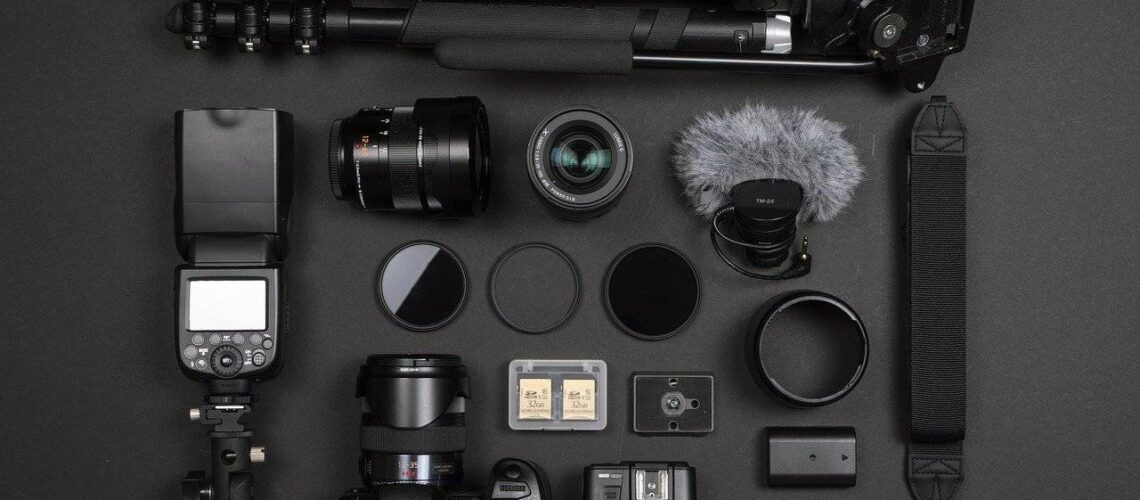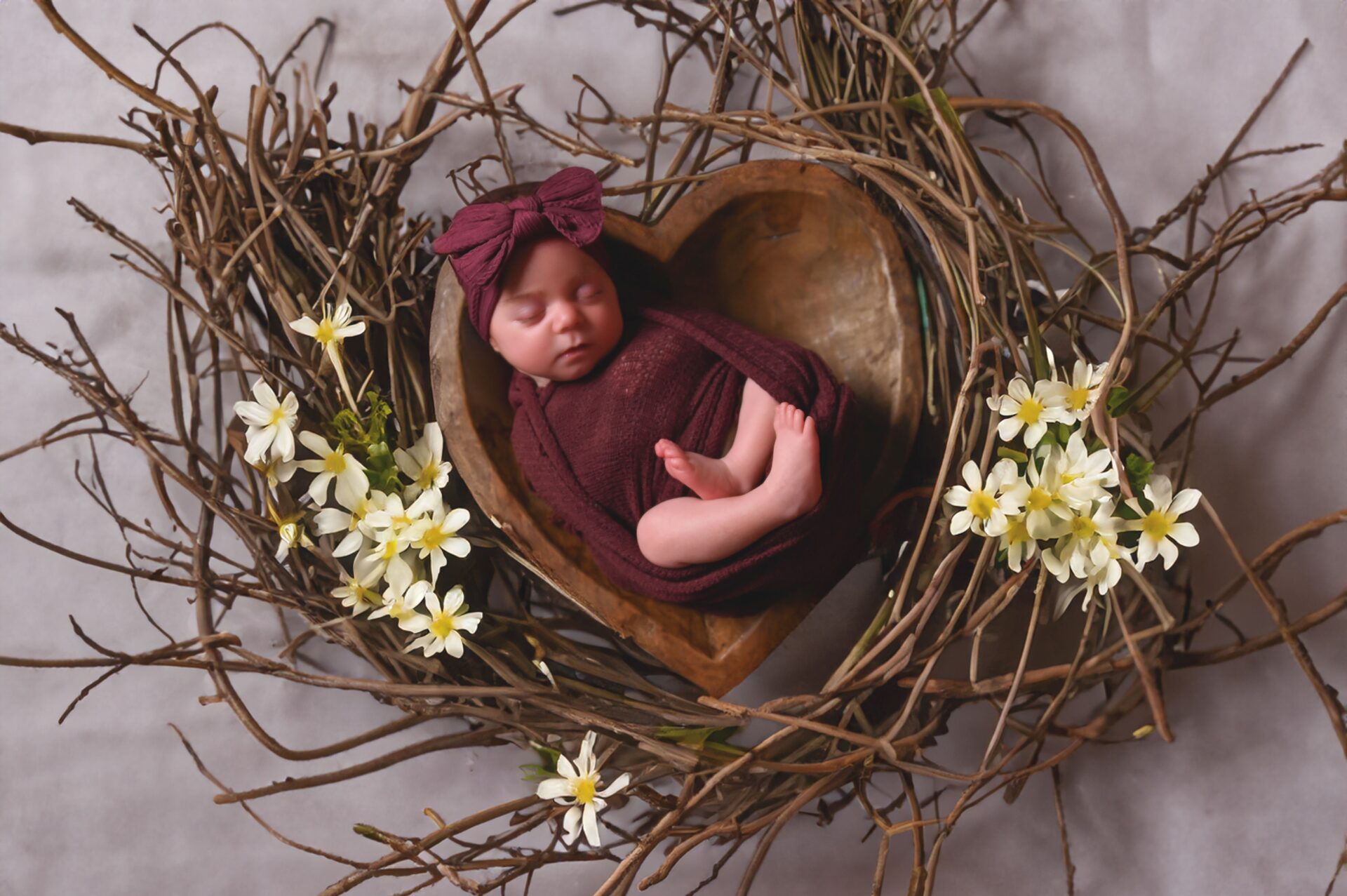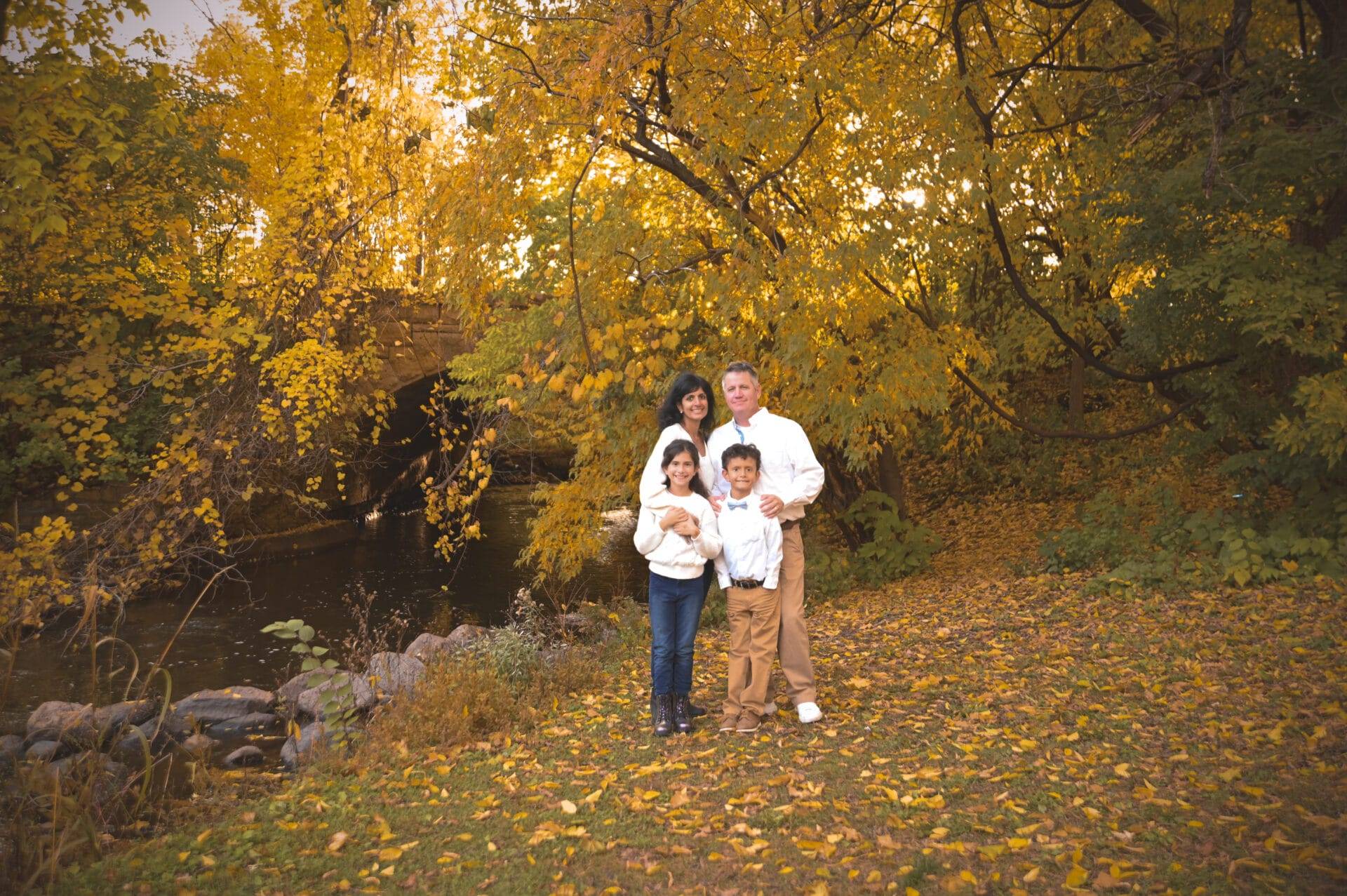There are not many photographers who won’t have ever heard this particular phrase:
‘That’s a great camera, no wonder your pictures are so good’
Now there is no denying that the right equipment can make a huge difference to the quality of your images, but today, I’m here to bust this myth!
It’s true to say that investing in the right equipment does help me enormously to carry out my job as a newborn photographer to the best of my ability. That said, the glass (or the lens) that’s on the camera is probably more important than the actual camera body. Lenses can often be two or three times the cost of the camera itself. I need to be continually investing in equipment such as lenses to be able to give you the very best service possible.
However, you can have the best camera and lenses in the world and still only produce mediocre photography. The most important piece of kit is actually behind the camera! My brain, my creativity and my ability to put into practice all of the training I’ve invested in is what makes the difference between a mediocre picture and a great portrait.
Firstly I have to understand the ‘basics’ of photography. Anyone can get lucky with an image and snap the perfect portrait. But producing high-quality, wall-worthy work consistently, well, that requires a really good understanding of photography
Light
Light is the most important factor and is the element that ‘makes’ the image. Without light, we have no images. Understanding how to control light in the studio and how to make it work in my favor outdoors is essential to creating beautiful portraits for you. Light can shape and flatter or it can be harsh and unforgiving. For example, I want the softest light to gently illuminate your newborn to give us stunning heirloom images that are timeless. I need to create this, it doesn’t happen by accident and it certainly isn’t controlled by the camera I use.
Focus
Next up is focus. I need to be able to produce images that are clearly in focus. The model of camera I use can make this task slightly easier but when I’m working with tiny newborns, a few millimeters can make the difference between a face in focus or not! This is something you might not notice so much on the small screen of a phone camera but as soon as I want to create you a large piece of wall art, the focus has to be pin sharp! I also need to control the area that’s out of focus. This is called the depth of field. It’s a more complex version of ‘portrait’ mode on your phone camera
Exposure
The third element I have to master as a photographer is exposure. In simple terms, this is the amount of time light is exposed to the camera’s sensor. The reality is I have to decide how long I want the shutter open (a longer time will affect my focus), how wide I want the opening to be that the light shines through and finally how sensitive to light I want the camera sensor to be. Although this sounds complex, it does become second nature – a little bit like learning to drive a car.
Composition
No matter what kind of camera you have, the key to taking great pictures is composition. That’s why we’re dedicating this blog section to giving you tips on how to compose your shots for maximum impact.
One thing to keep in mind is the rule of thirds. Imagine your frame divided into thirds, both horizontally and vertically. Try to place your subject at one of the intersections of those lines. This will help create a more balanced and pleasing image.
Another important element of composition is leading lines. These are lines that guide the eye through the frame and can be used to create a sense of depth or movement. Look for lines in the environment around you and see how you can use them to lead the viewer’s eye into the photo.
Finally, pay attention to background elements. Make sure they don’t distract from your main subject or make the frame feel too cluttered. A simple, clean background can make all the difference in a great photo.
Color and Tones
One of the things that makes your pictures look good is the careful use of color and tones. You choose colors that complement each other well, and you use just the right amount of light and dark to create an appealing image. This attention to detail is what makes your photos stand out.
So, all of this is something I’ve dedicated time and money to learning – all before I start thinking about creativity. Designing sets, choosing wardrobe and prop items, thinking about the composition of my images, learning posing techniques – it’s an endless list that I’m constantly investing in and developing.
So, in short, yes, my camera is pretty good but a bit like an award-winning chef’s amazing kitchen, the food won’t cook itself and definitely won’t produce stunning results by itself.



